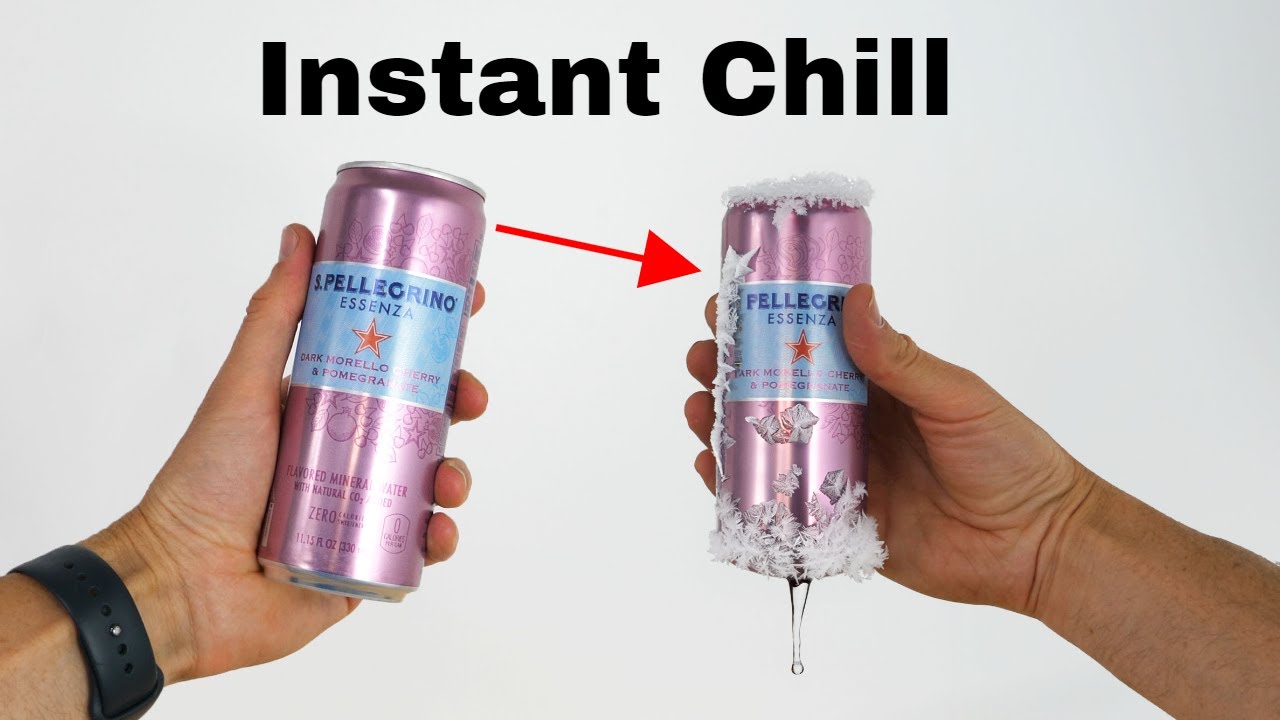“Now, let’s try it with liquid nitrogen…”.
Though I only do it only occasionally, over the years I have successfully chilled cans and bottles of soda with immersion in salted ice/water. I’ve done it with the can/bottle standing upright in a cylindrical container, whose diameter is about twice that of the subject can/bottle. I surround it with ice, salt and scant water to completely surround the can/bottle. It only takes occasional rotation and 2 - 3 minutes to chill the can/bottle to a desirable (I haven’t been sufficiently OCD to check the temp) temperature. Besides, my supermarket is usually out of stock of liquid nitrogen.
Besides, liquid nitrogen doesn’t work that well. There are two main reasons for this. First, liquid nitrogen has a specific heat capacity much less than water, which is exceptionally high. This means it takes a lot of converting liquid nitrogen into the gas phase to cool a given amount of water. Second, the moment a warm object is immersed in liquid nitrogen, gaseous nitrogen bubbles are formed in great profusion on its surface. These serve to insulate the object from the liquid nitrogen by a phenomenon like the leidenfrost effect.
Circulating liquid water in direct contact with the object extracts heat from it much more efficiently even though the temperature difference isn’t anywhere as large.
I wish he had tried putting some salt in the cooling machine - and measured the impact. I know, it might damage the device.
Dry ice is the answer right lol
